Dr. Torhan Al-Mufti
History can be defined simply as the events and material transformations over different periods of time. Following this comes historiography, which represents the phase of documenting history. Therefore, understanding past periods and events requires knowledge of history through historiography.
Beginning with the history of Iraq, or what is known as Mesopotamia, one is amazed by the scale of the states formed and the number of nations that shaped this civilization (Mesopotamian civilization) over the past eight thousand years. Notably, administratively and politically, this civilization formed the first empire (the Akkadian Empire) and the first decentralized and federal systems (the period of city-states). It was among the first regions to witness regional conflicts and major events (conflicts between different civilizations of the ancient world) according to those historical records. This region faced internal problems and battles (the fall of the Assyrian Empire and the fall of the late Babylonian state, to name a few), often leading to the fragmentation and division of the Mesopotamian civilization. This continued through the Christian and Islamic eras, with this civilization once again leading the world through the Abbasid state and its capital Baghdad. The actual authority of this geographical area ended after the Mongol invasion, leading to the establishment of the Iraqi Kingdom in 1921, under significant and profound conditions and transformations. It is sufficient to look at the letter of the late King Faisal I, who stated in its preamble, “In my belief, there is no Iraqi people yet,” to understand the extent of the disruptions in the country due to centuries of power struggles, despite this region once ruling the world several times for long periods. All these events point to one thing: the importance of not neglecting the study of history.
Moreover, administrative and political events in the rest of the world, especially in contemporary history, should not be overlooked due to their similarity in behavior to the events in Iraq’s contemporary history. For example, it is essential to study the circumstances of Yugoslavia’s division and the Czechoslovakia split. The security and administrative situation in Mexico for years and the centers of power in Egypt during the Nasser and Sadat eras are also crucial to examine.
After this central narrative of events (cosmic events that have affected the world and Iraq), it is essential not to forget the words of great philosophers about the importance of history and knowledge of historical events. The German philosopher Georg Wilhelm Friedrich Hegel (died 1830) said, “Those who forget history must repeat it.” Karl Marx (died 1883) said, “History repeats itself twice, the first time as a tragedy and the second time as a farce.” Finally, the Spanish philosopher George Santayana (died 1952) said, “Those who do not read history are doomed to repeat it.”
What is required now? Everyone interested in Iraq’s situation and its future must re-examine history, whether they are familiar with it or not. In these lines, we will attempt to make some comparisons between historical events and contemporary Iraq (with a proportional measure).
Events:
- The change of the previous regime in 2003 and Iraq’s entry into a phase of submission under occupation according to international laws. This situation resembles dozens of countries that experienced similar events, with numerous examples, such as the formation of the Republic of Turkey after World War I and the complete change of the administrative-political system there.
- The civil war (2005-2010) in Iraq, akin to the civil war in Lebanon, and later evolving into what can be termed the “Yugoslav phase,” characterized by the intensity of the war and its tools, using all means to facilitate Iraq’s fragmentation by drawing on the map of Iraqi components, based on bloodshed (“blood map”). This phase failed due to the high momentum of these civil wars, contrary to the intended division of Iraq. Iraq entered a relatively calm period for about two years before another phase began.
- Following what was termed the “Arab Spring” and the emergence of extremist armed groups, leading to the emergence of ISIS and the control of large areas of Iraq, erasing Iraq’s national identity, and producing other denominations on Iraq’s geography, it became clear that Iraq entered a phase similar to the “Mongol invasion” through attempts to erase Iraq’s identity, cultural imprint, and the country’s compositional mixture. This period ended in 2017 with the collapse of ISIS and a clear decline in terrorist operations.
- After the collapse of ISIS, power centers emerged in the country, contributing to stabilizing the country. However, the emergence of these power centers weakened the state’s power. Despite their contribution to the state’s stability, these centers (whether political, administrative, or armed) sometimes clashed with state decisions, reminiscent of the era of power centers in Egypt during the rule of Nasser and Sadat.
- The emergence of demanding protests in Iraq in 2019 marked a significant turning point in the country, causing a significant rift in political methods of governance, with governments becoming lengthy or brief, and populist decisions likely to negatively impact the country’s capabilities in the near future. The fourth phase continued alongside this phase, leading Iraq into what we term the “Czechoslovak phase,” indicating fears and misunderstandings about fundamental issues in the country’s administration. Political problems overshadow solutions, producing administrative problems. Despite good intentions to find solutions, the general atmosphere and the accumulation of problems lead to such events, even with good intentions. This culminates in the current semi-political suffocation between different political forces, compounded by military interventions from various regional and superpower countries, turning the country into an arena for settling scores among those countries. These developments may soon push some dominant political parties to adopt a new administrative approach by creating new federal entities and considering confederations within the corners of the constitution, ultimately leading to abandoning the constitution and gradually disintegrating Iraq, as seen in Czechoslovakia.
Certainly, we have not covered the period preceding the regime change in 2003, as that period, especially from the coup in 1958, represented a breakdown of Iraq’s sanctity and constitutionality, with the emergence of “militarized” systems that plunged Iraq into confusion, adventures, killing, hunger, partisan sectarianism, and nationalism, leading to the complete collapse of the state by 2003. This period closely resembles all experiences of countries with militarized systems, with Egypt’s coup in 1952 being the closest example.
What we are in now: Iraq is currently going through a very critical stage, closer than ever to choosing a new administrative-political path due to the crises in politics, security, and regional issues. This situation makes everyone face the challenge of preserving the country’s unity and protecting its components. In such circumstances and amidst numerous and violent variables, no variable can be overlooked, regardless of its size (as most fires start from small sparks). Iraq’s experience is not far from that of Czechoslovakia.
العراق بمواجهة التاريخ وتجارب الدول
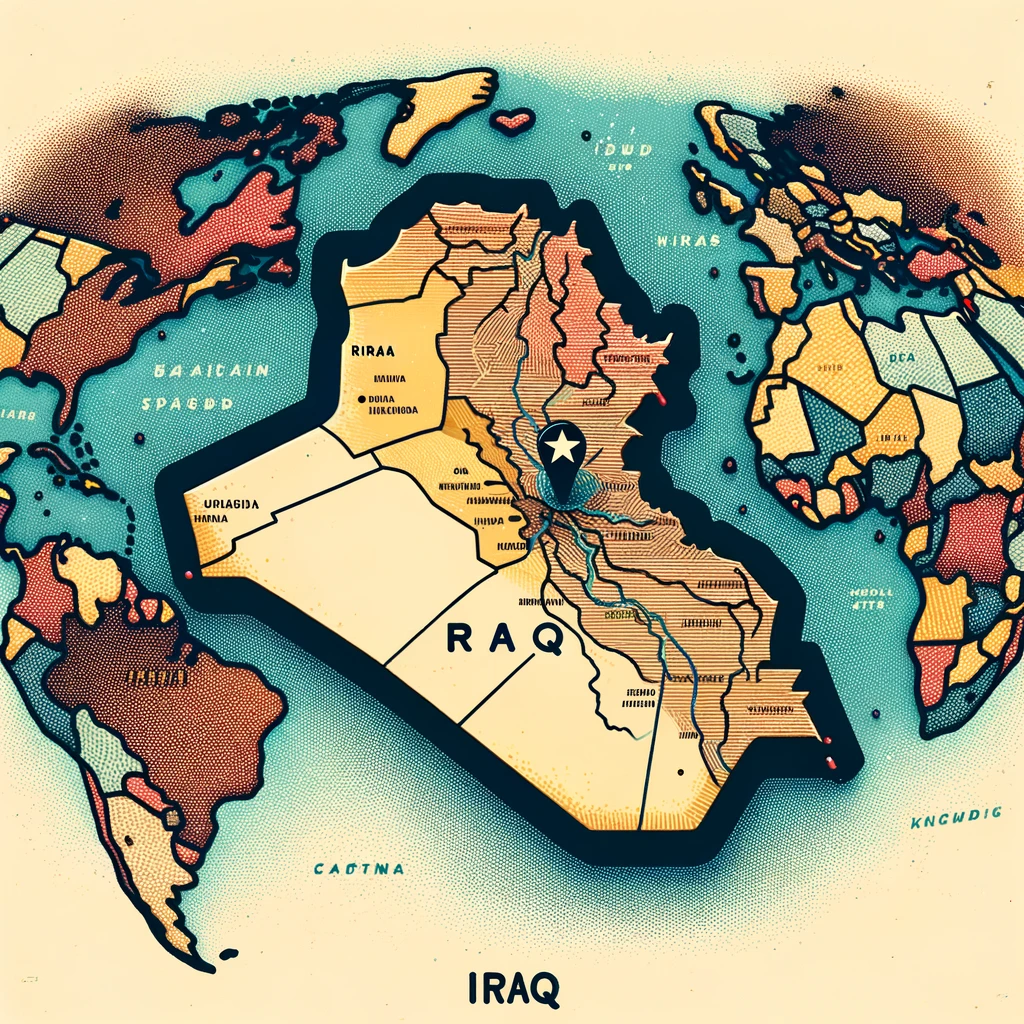

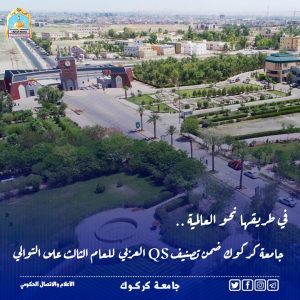

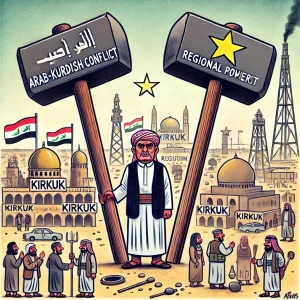




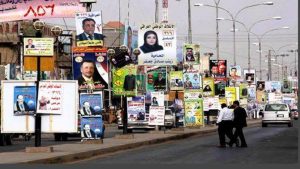
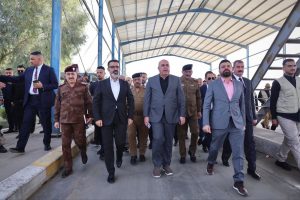


Be First to Comment